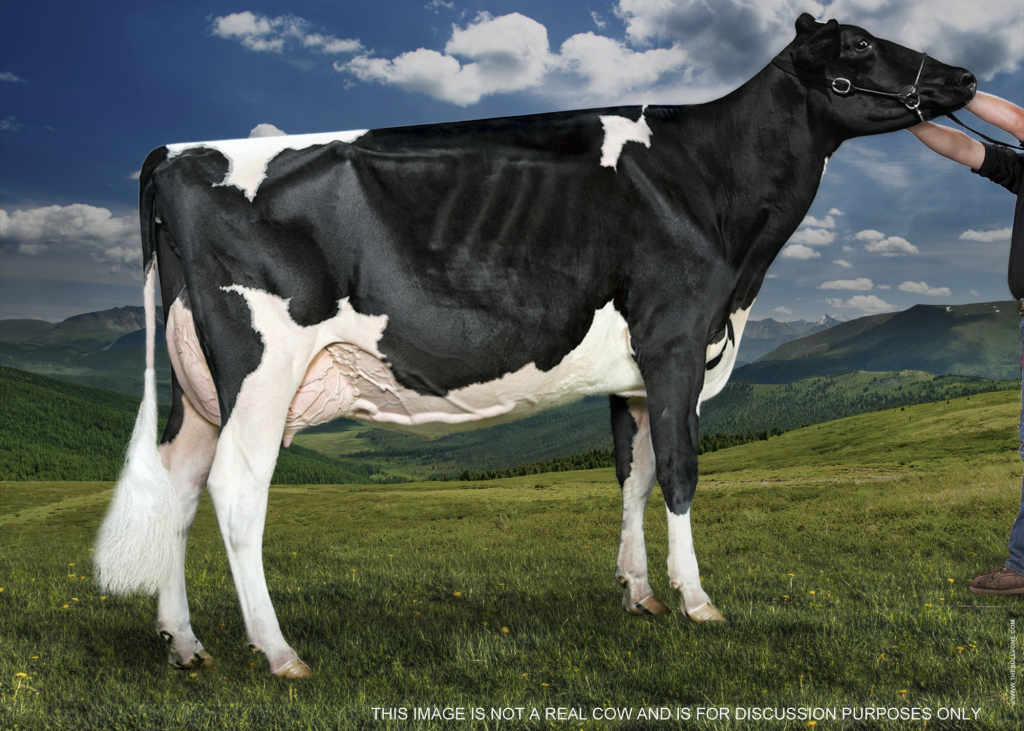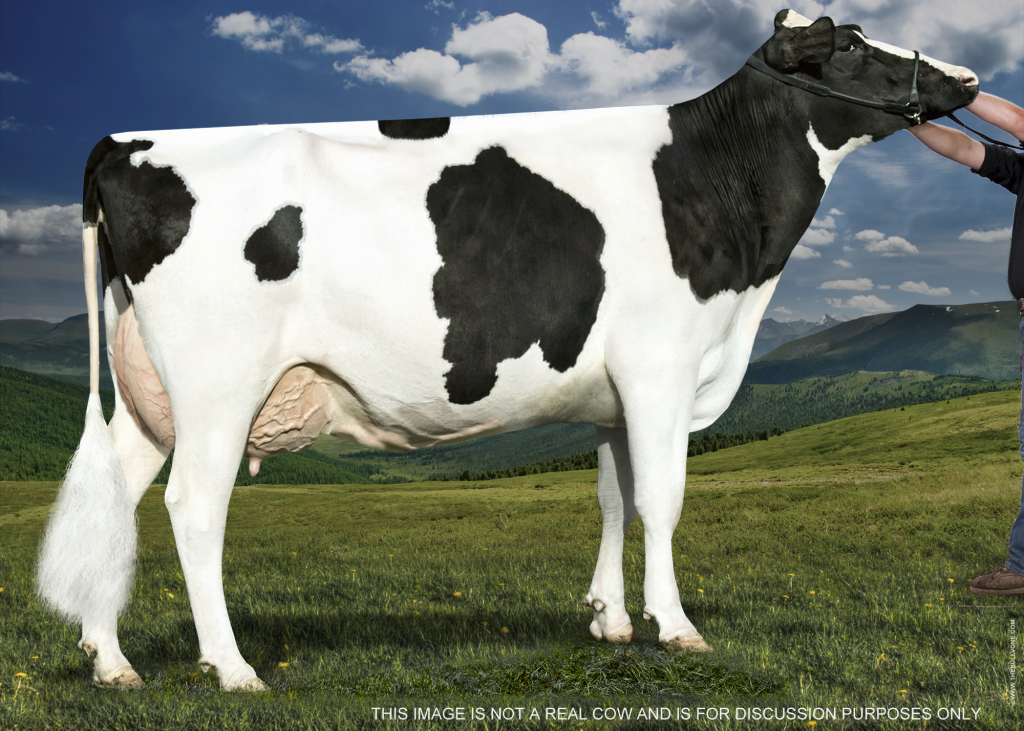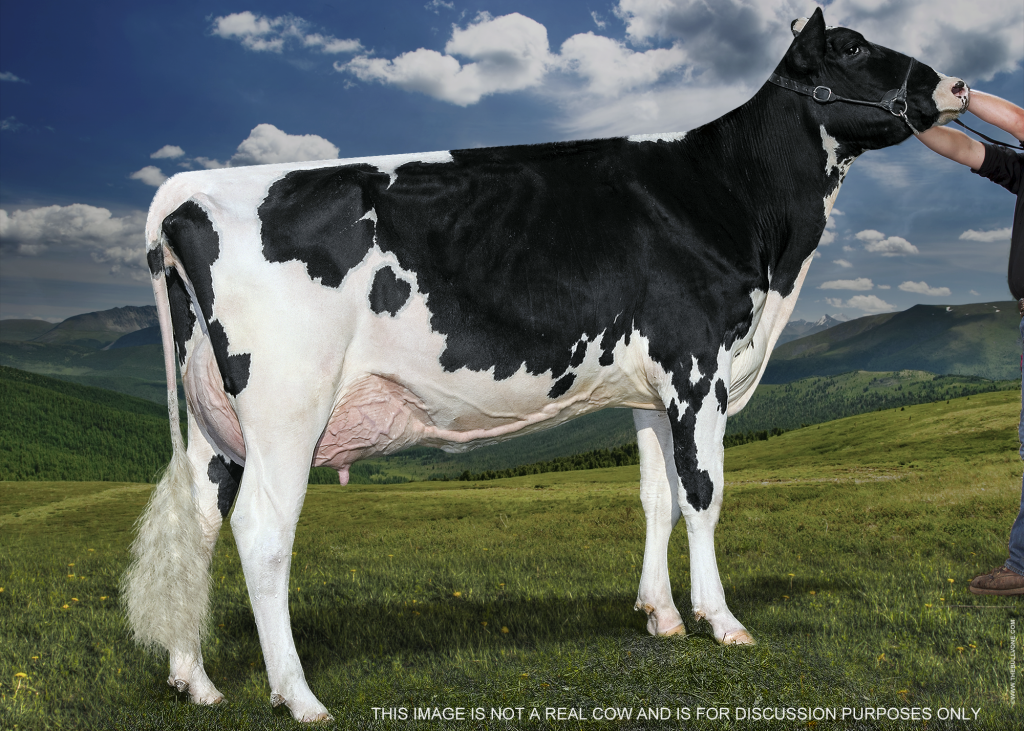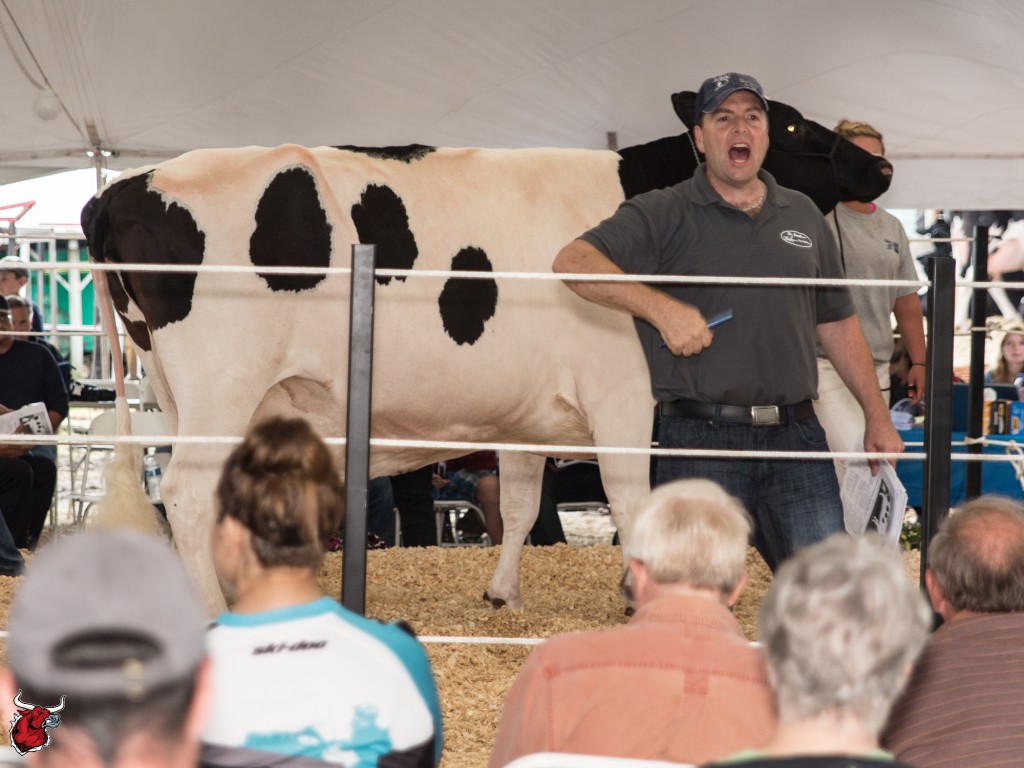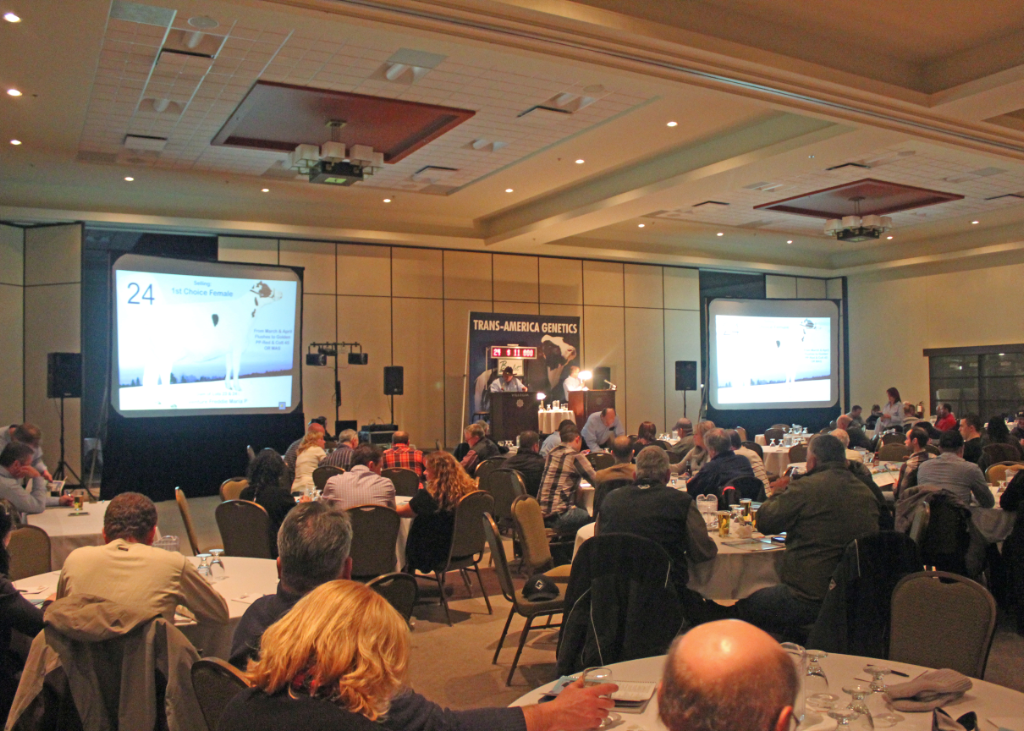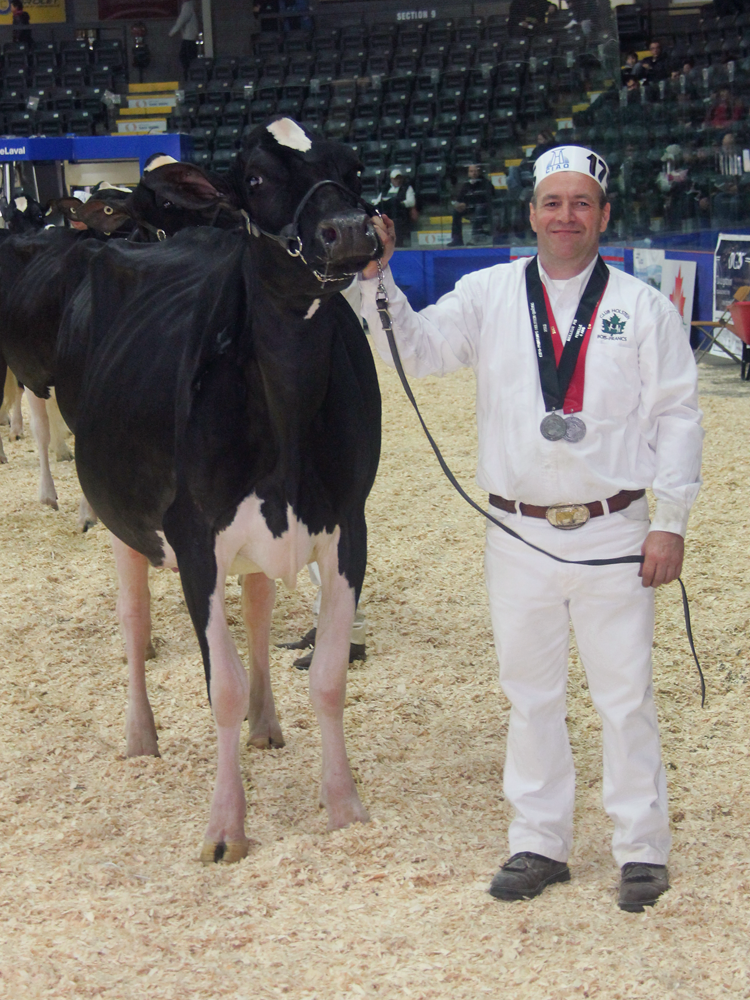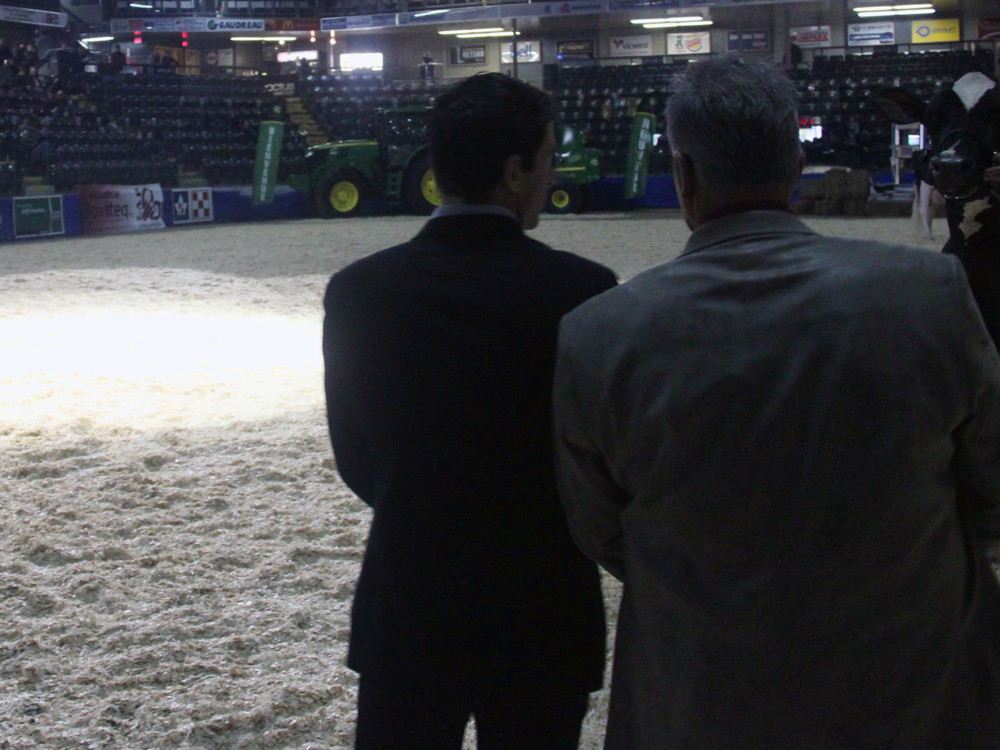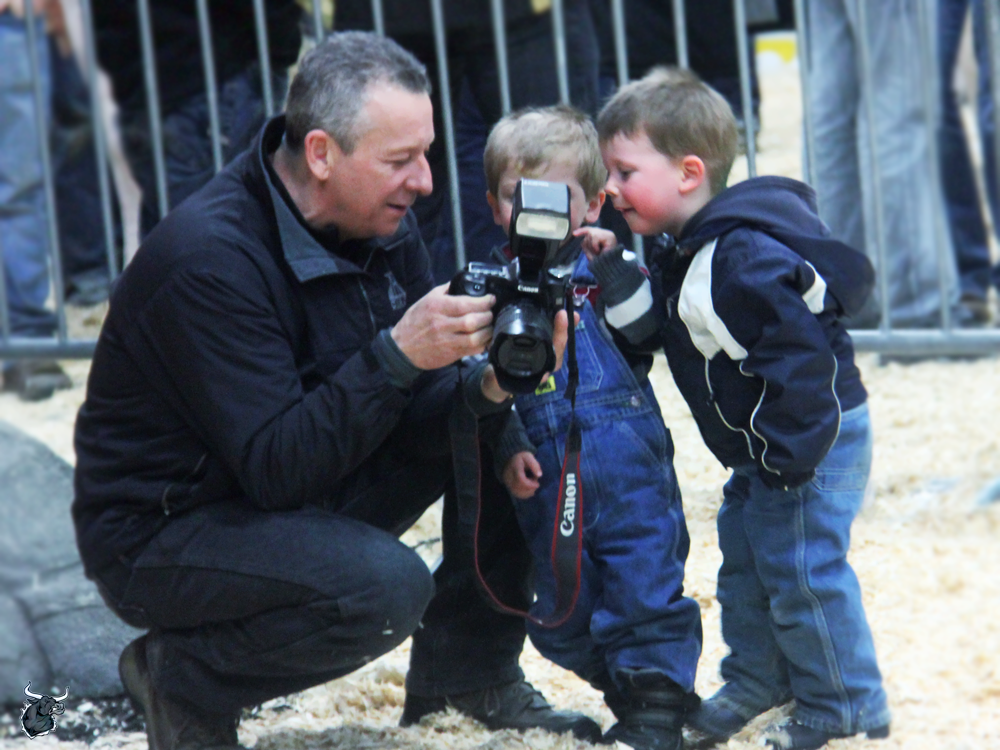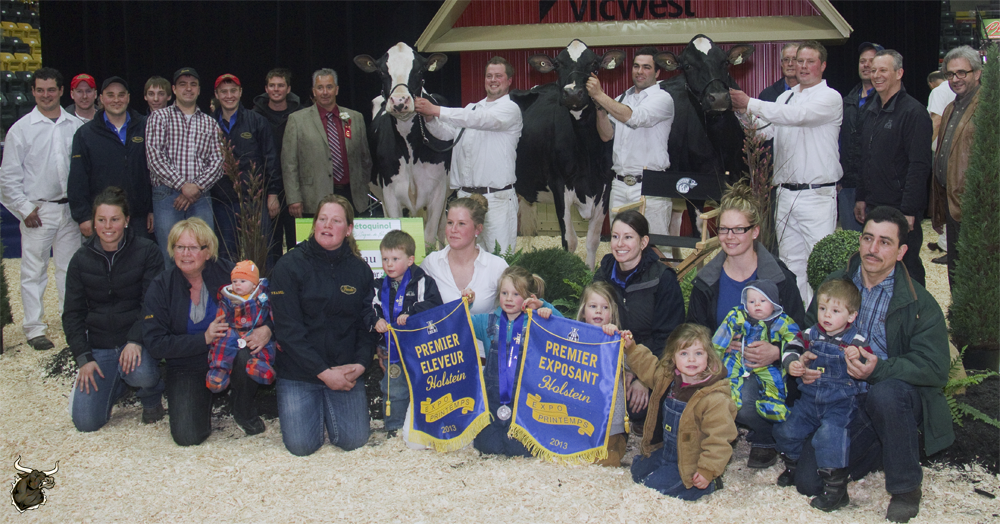Discover the ideal grazing cow for your farm. Is it the Holstein, Jersey, or Crossbreds? Dive into our comprehensive guide to make an informed choice.
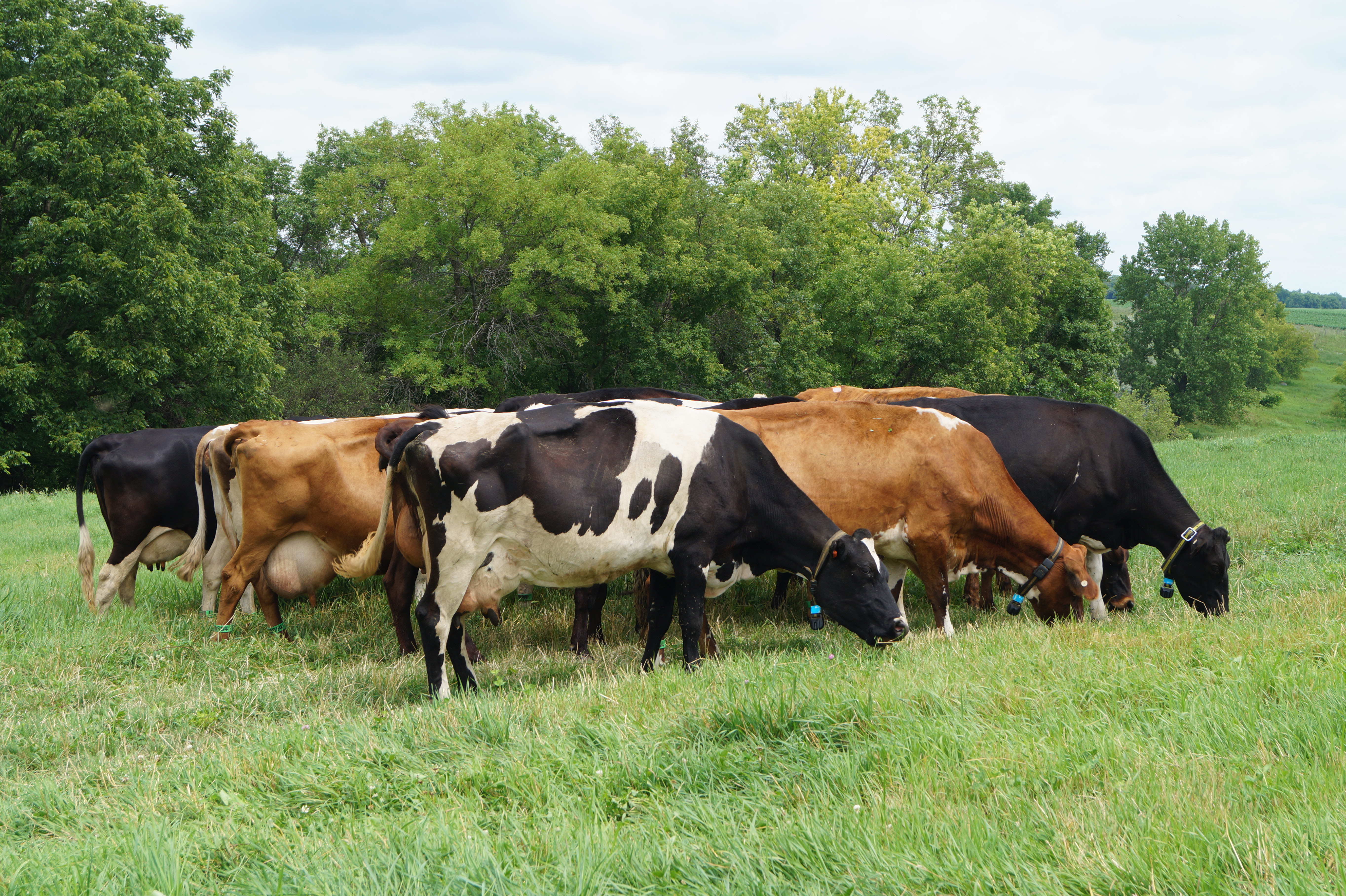
For you as a dairy farmer, selecting the right breed of cow for your grazing operations is a crucial decision. The choice you make between Holsteins, Jerseys, and a variety of crossbreds can significantly impact not only the quality and quantity of the milk you’re producing but also the overall efficiency and sustainability of your farm. Each breed has its own set of unique advantages and considerations, which makes this decision a vital strategic move for your business. In this guide, we will delve deep into the distinct characteristics of Holsteins, Jerseys, and crossbred cows. We aim to assist you in making a well-informed choice that suits your specific needs and conditions.
Understanding the Basics: What Makes a Good Grazing Cow?
To select the ideal grazing cow, you must take into account several important factors. The primary consideration is the breed. Different types of cattle breeds possess unique traits and serve diverse purposes. Some are renowned for milk production, others for superior meat quality, and certain breeds excel in diverse climates and grazing conditions, making the choice crucially important.
An essential aspect that ensures efficient cow herds in grass-fed beef production is their suitability to the process. The cows selected should be well-adapted to regular grazing and able to derive substantial nourishment from the pasture. A significant trait found in the most successful grazing cows is medium size, as larger cows usually require more food energy to maintain themselves, hence they may not be as efficient with an exclusive grass diet.
Kindly note that the breed selection process goes beyond merely choosing between purebred, mixed breed, or crossbred cattle. Each kind comes with its own set of advantages and disadvantages. For example, purebreds are ideal for preserving specific breed traits, while crossbred cattle often exhibit enhanced vigor and resilience due to genetic diversity, often making them the preferred choice for grass-fed beef production.
Your decision should also include considering the advice of superior cattle breeders, which you can gain by participating in farm tours. Observation of on-farm cues can provide you invaluable insight into which breeds do well in your locality or under similar farming conditions.
Battle of the Breeds: Holstein versus Jersey versus Crossbreds
Let’s take a closer look at the individual highlights of each of these breeds.
Spotlight on Holsteins: The Black and White Giants of Grazing
Let’s cast our gaze to the cream of the crop in the commercial dairy scene, the Holstein Friesians. Admittedly, the star qualities of these black and white grazing giants stem from their impressive milk yield capabilities. Imagine this, a well-fed Holstein can astoundingly produce up to 22,000 lbs of milk every year, so they can give any dairy farmer a nice boost in production.
However, as they say, not everything that glitters is gold. Holsteins’ milk, though plentiful, takes a hit when it comes to composition. Compared to Jerseys, their milk has a tad less fat and protein content. But mind you, a slight difference in milk constituents matters, especially if we’re looking for a rich, creamier yield.
It’s also worth noting that these cattle are the biggest of the dairy breeds. More size generally means more feed, more space, and more care – all adding up to your cost. Their stature requires ample grazing areas. Yes, these large grazers can be quite the handful, but the rewards can be sizeable too.
Hence, if you’re a farmer scaling up your dairy operation and your priority leans more towards quantity rather than constituents, Holsteins could be your best bet. That is, of course, if you have considerable grazing land to accommodate these larger-than-life cows.
Jersey Cows: The Small but Mighty Grazers
Now let’s turn our attention to the Jersey cow. What this breed lacks in size, it more than makes up for with its rich, creamy milk. Yes, Jerseys may not produce as much milk as their Holstein counterparts, but the quality of their milk is a different story altogether. Notably, the milk from a Jersey cow boasts a high protein and butterfat content, making it the choice ingredient for the production of rich dairy products such as butter and cheese.
Furthermore, an incredible attribute of the Jersey cow lies in its cost-effectiveness. These cows feature a beneficial trait of converting feed into milk more efficiently than their larger counterparts. This trait makes them a popular choice among farmers who prefer quality over quantity, especially those with limited resources at their disposal. Also, given their small stature, Jerseys are ideal for small-scale farming operations.
It’s also worth noting the temperament of Jersey cows. They’re generally known to be docile and manageable, which again makes them a favorable choice for smaller farms and particular operations focusing on top-tier dairy products. If you’re someone who places great value on the quality of milk over sheer volume, then the Jersey cow might just be your go-to grazer.
Exploring the Crossbreed Advantage: Best of Both Worlds?
So, let’s dive right into the diverse world of crossbred cattle. The beauty of choosing crossbred cattle is their inherent hybrid vigor. That’s a scientific term for the biological phenomenon where crossbred offspring tend to show enhanced traits from both parent breeds. This works to your advantage in several ways. For one, if you selectively crossbreed a high milk-yielding breed like the Holstein with a Jersey renowned for its rich butterfat content, the result could be an animal that meets both needs effectively.
And it doesn’t stop at milk production. When it comes to health and longevity, crossbred cattle often prove to be incredibly resilient. Their strengthened immune systems can ward off health issues more effectively and live longer productive lives as compared to their purebred counterparts. Being a blend of different breeds, they often adapt more flexibly to diverse geographical areas and fluctuating climatic conditions.
It’s not a surprise then, when looking for a versatile breed, the crossbred cows often rise to the occasion. For instance, hybrid breeds like Beefmaster, Brangus, Santa Gertrudis, and Simbrah, all have proven their worth in hot climates due to smart crossbreeding. And let’s not forget the Gelbvieh-American Angus crossbreed, a signature blend that demonstrates the incredible productive potential of crossbreeding.
- Holstein cows produce the most milk on average, about 22,000 pounds per year
- Jersey cows produce less milk, averaging around 14,000 pounds per year, but their milk has a higher butterfat content
- Crossbred cows, such as the Jersey-Holstein mix, often have a milk production level that falls between the two pure breeds, averaging around 17,000 pounds per year
In summary, crossbred cattle represent a compelling middle ground for ranchers and dairy farmers, catering to a balance between quality and quantity of milk and beef production. Additionally, their versatility in adapting to a diverse range of farming environments makes them an asset to any farming setup where resilience and adaptability are high on the priority list.
The Comparison Game: Holstein, Jersey, or Crossbred – Who Wins?
When it comes to the world of farming, picking the right breed for your grazing animals is an art and a science. It’s something that requires thought, consideration, and a dash of personal preference. Hence, the decision between Holsteins, Jerseys, and Crossbreds isn’t a clear-cut answer, but a complex analysis entailing the study of unique traits and prospective outcomes. Now that we have looked at different breeds, it’s time you made the decision. Various factors are essential when choosing the ideal grazing cow for your farm.
- Milk Demand
Do you know the type of milk in demand in your local market? It’s crucial to understand the specific milk requirements of your target market to choose the appropriate breed. Typically, some markets will demand higher fat content for cheese production whereas others may require high volumes of liquid milk. - Your Available Resources
The breed you choose also heavily depends on available resources. You should evaluate your feed availability, the size of the land set for grazing, and the overall size of your farm. Large breeds such as Holsteins may require more resources. On the other hand, Jerseys can be more economical in smaller farming setups. - Management Style
Different breeds will require different levels of care. Take into consideration your experience and your comfort level with various breeds. Jerseys, for instance, may require fewer feeds but might need more attention regarding health management. - Climate
Every breed performs differently under varied climatic conditions. Some are specially bred to withstand extreme weather. For instance, crossbreds are known to offer greater tolerance to diverse climatic conditions, making them a versatile option for farmers in fluctuating weather zones. - Economic Goals
Lastly, when choosing the breed of cow for your farm, ensure you evaluate the cost-effectiveness of each breed about your economic goals and market conditions. Your future profitability can largely depend on this decision.
As you can observe, your choice of cow breed significantly impacts your farm’s productivity. Therefore, make sure you understand your unique farming needs, market demands, and environmental factors before making a choice.
The Bottom Line
In summary, it’s imperative to emphasize that the decision-making process involved in selecting the optimal breed—be it Holsteins, Jerseys, or Crossbreds—requires a thorough look at both the opportunities your farm presents and the demands of the current market. Remember that every breed carries its unique set of advantages, so your optimal choice should be guided by your personal agricultural goals, available resources, environmental developments, and specific farming conditions. It’s all about meticulously weighing each factor against one another. By doing so, you as a dairy farmer will be empowered to hone in on the perfect breed that complements your farm, paving the way for sustainable and profitable ventures in the dairy industry.
Key Takeaways:
- Before settling on a specific breed for your dairy farm, it’s critical to probe through the unique strengths and weaknesses of potential selections. Each breed—Holsteins, Jerseys, or Crossbreds—presents distinctive benefits and features.
- Breed selection should be prompted by your farming intents and resources at hand. Tailoring your choice to your specific circumstances and goals is paramount to maximizing productivity and profit.
- Remaining aware of environmental shifts and farm conditions—like climate and grazing availability—can drastically influence the success of the chosen breed. Hence, your decision should be considerate of these external factors.
- The chosen breed must be harmoniously suited to the current market demands. Analyzing the market landscape ensures that your decision aligns with customer preferences and industry trends, thereby securing your place in the competitive dairy sector.
- Do not undermine the importance of making informed decisions when it comes to cattle breeding. By carefully weighing all the factors, you will be able to choose a breed that is not only suitable for your farm but also helps ensure sustainable operations and financial gains.
Now that you’ve navigated the intricate aspects of different breeds and their impact on your farming operation, it’s time act on this knowledge. Whether you’ve leaned towards the robust Holsteins, the efficient Jerseys, or you’re intrigued by the versatility of crossbreeds, your journey starts here. So, reach out to reputable breeders, immerse yourself in farm tours and start crafting a strategy that best suits your circumstances. Remember, the ultimate goal is to have a thriving dairy farm that yields high-quality products, consistent profits, and achieves sustainability. So why wait? Leap into action, your ideal grazing cow is only one informed decision away!
Read more: Optimizing Dairy Grazing Profitability: Unraveling the Genetics of the Ideal Grazing Cow





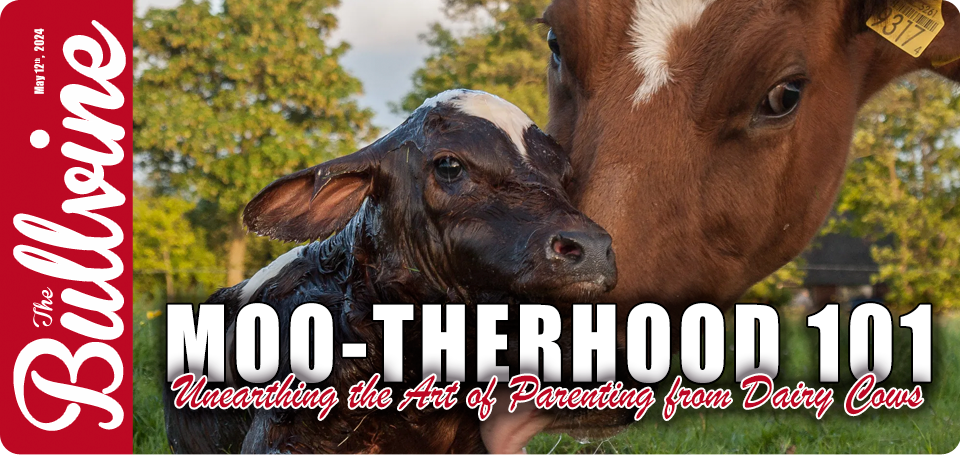
 Boost your dairy farm’s health and profitability. Discover the essential questions every dairy farmer must ask their nutritionist. Are you asking the right ones?
Boost your dairy farm’s health and profitability. Discover the essential questions every dairy farmer must ask their nutritionist. Are you asking the right ones?